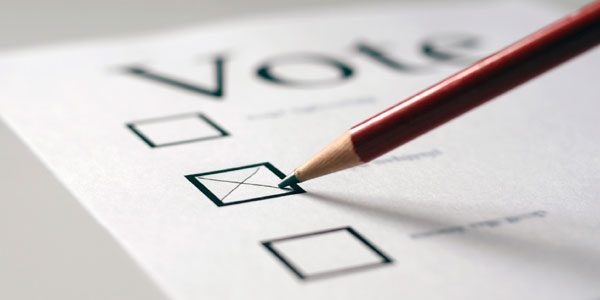
By Lexington
In recent years, there has been substantial press coverage predicting that the dramatic increase of New York’s Asian American (APA) population would lead to an increase in political influence. Yet that population increase hasn’t translated to greater APA representation in elected office. To date, there are currently four APA elected officials. Part of it may be low rates of voter registration and lack of interest in American politics. But when you look at the Bay Area and the Los Angeles area, you don’t see the same dearth of APA political representation. What makes New York different?
A federal lawsuit filed by AALDEF suggests a nefarious explanation. According to the complaint, the current district lines are drawn
in a way that dilutes APA voting power. Ten years ago, New York’s redistricting committee splintered APA neighborhoods and communities into separate voting districts. Although the committee is scheduled to release the new maps some time soon, it hasn’t happened yet. AALDEF has asked the court to appoint an independent “special master” to redraw district lines immediately.
The redistricting process for all states is always highly controversial. How district lines are drawn and redrawn always seem undemocratic. They’re designed to protect incumbents and political parties. The process happens largely behind closed doors. I would not be surprised if the court finds that New York’s redistricting committee ran roughshod over the APA community’s interests the last time around. Hopefully, this time, things will be different.
ABOUT LEXINGTON: Lexington once volunteered for an Asian American candidate for the New York City Council. He blogs about law, his childhood, and his observations about people at http://www.thelexingtonavenueblog.com.







